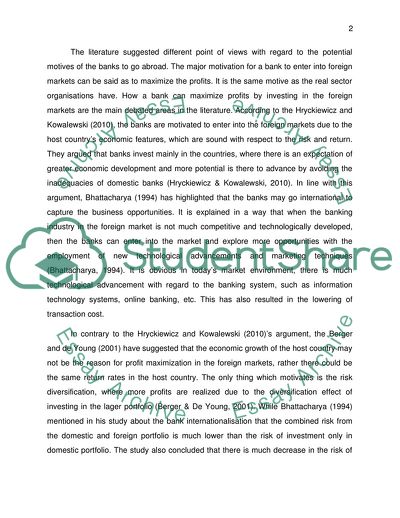Cite this document
(Global Banking and Financial Regulation Coursework, n.d.)
Global Banking and Financial Regulation Coursework. https://studentshare.org/finance-accounting/1845146-global-banking-and-financial-regulation
Global Banking and Financial Regulation Coursework. https://studentshare.org/finance-accounting/1845146-global-banking-and-financial-regulation
(Global Banking and Financial Regulation Coursework)
Global Banking and Financial Regulation Coursework. https://studentshare.org/finance-accounting/1845146-global-banking-and-financial-regulation.
Global Banking and Financial Regulation Coursework. https://studentshare.org/finance-accounting/1845146-global-banking-and-financial-regulation.
“Global Banking and Financial Regulation Coursework”. https://studentshare.org/finance-accounting/1845146-global-banking-and-financial-regulation.


